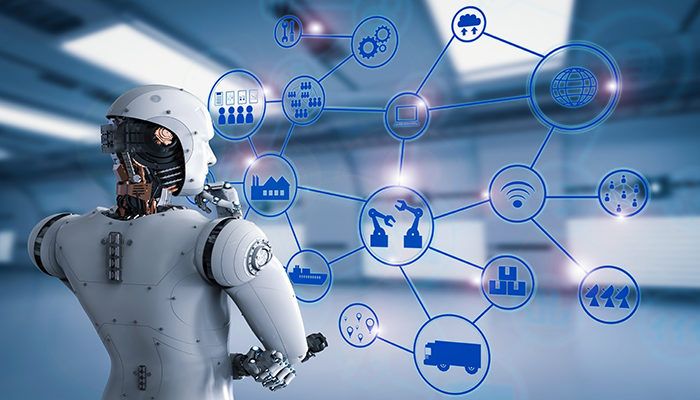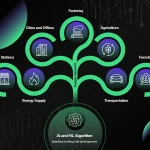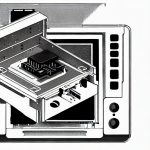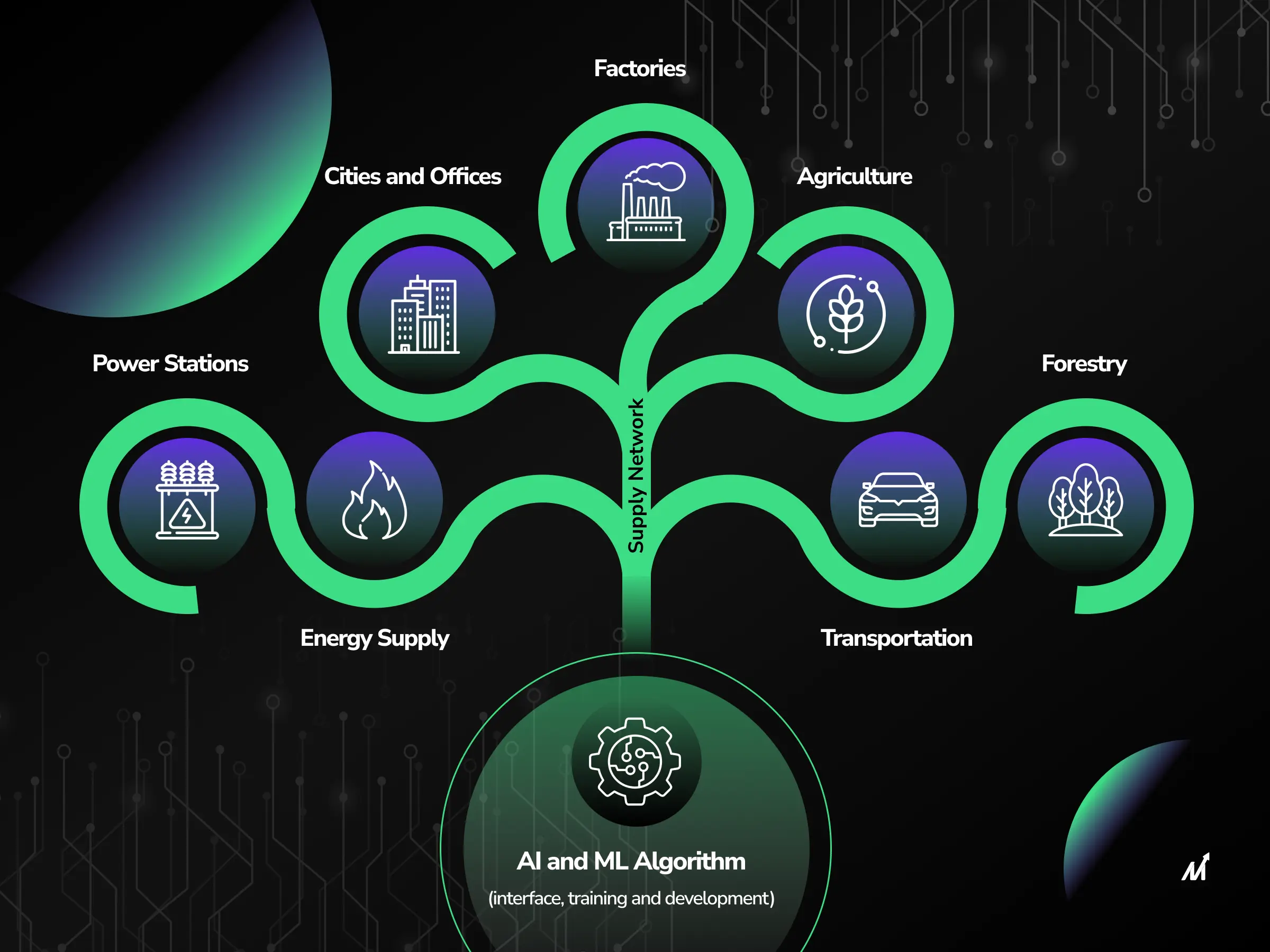Robotic Process Automation (RPA) has revolutionized the way businesses automate their processes, offering a more efficient and user-friendly approach compared to Traditional Automation methods. In this article, we will explore the key differences between RPA and Traditional Automation, shedding light on how RPA simplifies automation without the need for extensive programming skills or system modifications. By delving into the unique features of RPA, such as quick implementation, easy customization, and cost efficiency, we aim to provide a comprehensive understanding of why RPA stands out as a superior automation solution. Stay tuned to discover how RPA’s innovative technology and streamlined processes set it apart from Traditional Automation.
Understanding the Core Differences
Robotic Process Automation (RPA) and Traditional Automation have distinct differences in their approach to automating processes within industries. RPA involves the creation of software robots that can handle repetitive tasks by emulating human actions, utilizing user interface interactions and APIs. This technology focuses on automating high-volume repetitive tasks through pre-defined activities and business rules, allowing tasks to be executed autonomously with minimal human intervention. On the other hand, Traditional Automation relies on older technologies and programming to integrate user applications with backend systems, requiring a higher level of human involvement.
The Technology Behind RPA vs. Traditional Automation
RPA stands out for its user-friendly nature, enabling users to automate tasks without the need for extensive programming knowledge. The technology leverages UI interactions to understand user actions and carry out tasks across different software systems. In contrast, Traditional Automation requires developers to possess deep knowledge of target systems and programming skills for efficient operation. RPA’s focus on user interface interactions and ease of use sets it apart from Traditional Automation, making it a preferred choice for organizations looking to streamline their processes.
The Role of User Interface in Automation

User interface design plays a critical role in both RPA and Traditional Automation. RPA tools rely on UI interactions to mimic human actions and automate tasks seamlessly. This approach simplifies the automation process and enhances efficiency in business operations. Traditional Automation, on the other hand, requires a more intricate understanding of backend systems and programming, making it more complex and time-consuming to implement. By prioritizing user interface design, RPA ensures a smoother automation experience and quicker task execution.
Integration Capabilities and Limitations
RPA offers extensive customization options, allowing seamless integration with multiple applications for data flow and automation. The technology facilitates the synchronization of information and automated replies, enhancing overall efficiency. In contrast, Traditional Automation may face limitations in integrating diverse systems due to constraints in software source code and APIs. This disparity underscores the importance of considering specific business needs when choosing between RPA and Traditional Automation. RPA’s ability to easily update business flows and integrate with various applications makes it a more flexible and efficient choice for organizations seeking automation solutions.
Robotic Process Automation (RPA) stands out for its ease of use and accessibility, setting it apart from traditional automation methods. One key advantage of RPA is that it does not require users to possess programming skills. Instead, RPA tools allow for automation through simple flowchart diagrams, making it accessible to individuals without technical backgrounds.
Quick and Easy Implementation Process
RPA software follows a process-driven approach, resulting in faster implementation times compared to traditional automation. While traditional automation methods may take several months to implement, RPA streamlines the process, allowing tasks to be assigned to virtual machines. This eliminates the need for physical machines and enables parallel execution without the constraints of physical infrastructure, making RPA a quick and efficient automation solution.
Customization and Flexibility in Automation

RPA offers a high level of customization and flexibility in automation processes. Users can easily configure RPA tools to meet their specific requirements, integrating with various applications to synchronize information and create automated responses. This level of customization allows for tailored automation solutions that cater to individual needs, making RPA a versatile tool for various industries.
Benefits of RPA over Traditional Automation:
- Eliminates the need for programming skills
- Quick implementation process
- Customization options for tailored automation solutions
- Integration with multiple applications for seamless automation
In conclusion, RPA’s ease of use, quick implementation process, and customization capabilities make it a highly accessible and efficient automation solution compared to traditional methods. By leveraging RPA technology, businesses can streamline their processes, increase efficiency, and adapt to changing needs with ease.
When it comes to comparing Robotic Process Automation (RPA) with Traditional Automation, one of the key factors to consider is the cost implications and efficiency of each option.
Initial Investment and Long-term Savings
While RPA may require a higher initial investment compared to Traditional Automation, the long-term savings it offers can outweigh this cost. RPA’s efficiency in automating repetitive tasks and making instant improvements can lead to significant cost savings over time. In contrast, Traditional Automation may be cheaper upfront but can become more costly in the long run due to the need for extensive maintenance and updates.
Operational Efficiency and Resource Utilization
RPA stands out in terms of operational efficiency by offering a high level of customization options. This allows businesses to integrate RPA with various applications and create bots tailored to specific needs. The quick turnaround time of RPA, where developers can instruct bots to perform actions efficiently, sets it apart from Traditional Automation, which may require complex programming and testing.
Maintenance and Update Requirements
When it comes to maintenance and updates, RPA offers a more user-friendly approach compared to Traditional Automation. RPA’s reliance on the user interface (UI) makes it easier to manage and update, reducing downtime for businesses. Additionally, RPA’s integration capabilities with multiple applications ensure continuous improvement and optimization of processes.
Key Points:
- RPA may have a higher initial investment but offers long-term cost savings.
- RPA allows for high customization and quick turnaround time, enhancing operational efficiency.
- RPA’s user-friendly maintenance and update requirements contribute to increased efficiency.
Overall, businesses need to carefully consider the cost implications and efficiency of RPA versus Traditional Automation to make an informed decision that aligns with their goals and objectives.
Choosing the Right Automation Solution
Evaluating Busi ness Needs and Goals
ness Needs and Goals
When it comes to selecting the appropriate automation solution for your business, it is essential to first evaluate your specific needs and goals. Robotic Process Automation (RPA) offers a software solution that can automate repetitive and rule-based tasks without the need for human intervention. This can significantly streamline operations and improve efficiency within your organization. On the other hand, Traditional Automation requires a more complex setup involving customization of existing IT infrastructure and programming skills, making it a more time-consuming process to implement.
Considering the Volume and Complexity of Tasks
Another critical factor to consider when choosing an automation solution is the volume and complexity of tasks that need to be automated. RPA is ideal for automating high volumes of repetitive tasks quickly and easily. Its process-driven software allows for the automation of rule-based tasks with minimal effort. In contrast, Traditional Automation may require several months for implementation due to the need for extensive feasibility studies and test designing. This can be a more time and resource-intensive process compared to RPA.
Long-term Scalability and Adaptability
Long-term scalability and adaptability are essential considerations when selecting an automation solution. RPA offers a more efficient and cost-effective option for businesses looking to make instant improvements and updates to their processes. Its simplicity allows for easy modifications and enhancements to business flows, ensuring long-term success. On the other hand, Traditional Automation may require changes to various scripts and face maintenance challenges over time, leading to higher costs in the long run. RPA’s ability to synchronize information across multiple applications and create automated replies enhances its adaptability, making it a more attractive option for businesses.
conclusion
In conclusion, Robotic Process Automation (RPA) and Traditional Automation differ significantly in their approach to automating processes within industries. RPA’s user-friendly nature and ease of use make it a standout choice, allowing tasks to be assigned to virtual machines quickly and efficiently. The cost implications and efficiency of RPA also set it apart from traditional automation methods, as it offers a quicker turnaround time and requires less complex programming. When choosing the right automation solution for your business, it is crucial to evaluate your specific needs and goals to determine which option aligns best with your requirements. Ultimately, RPA offers a streamlined and efficient solution for automating repetitive and rule-based tasks without the need for extensive programming knowledge, making it a valuable asset in today’s rapidly evolving technological landscape.






 ness Needs and Goals
ness Needs and Goals


